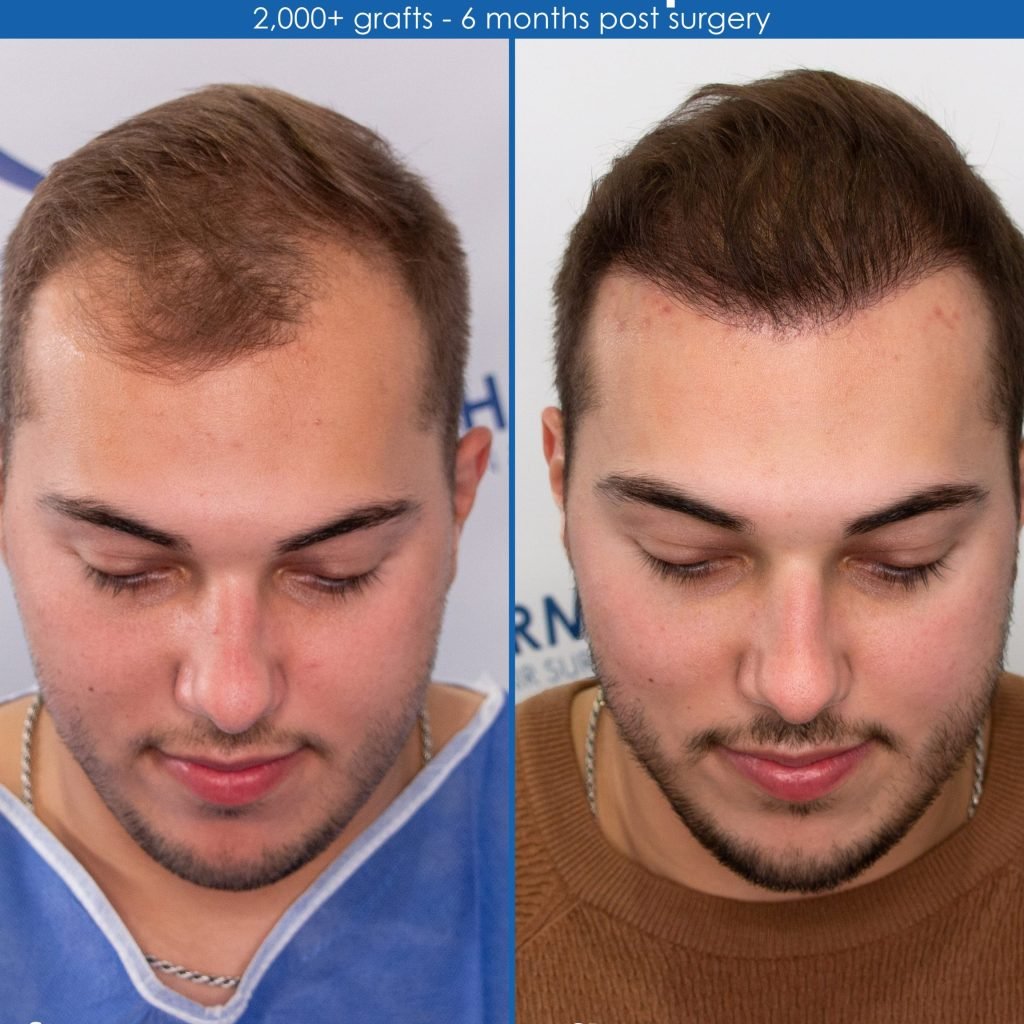
Hair transplant surgery is a surgical procedure that moves hair follicles from a part of the body called the ‘donor site’ to a bald or balding part of the body known as the ‘recipient site’. In this procedure, the hair follicles are taken from the donor site and then transplanted to the recipient site.
Hair transplant surgery is an effective way to restore hair growth and can help people who are suffering from hair loss due to age, genetics, or certain medical conditions. Although the surgery can be expensive, it is often considered to be a permanent solution for hair loss.
There are several different types of hair transplant surgery, each of which has its own advantages and disadvantages. Understanding the differences between these types of hair transplant surgery is important in deciding which one is best suited to your needs.
Follicular Unit Transplantation (FUT) is the most commonly used hair transplant technique. In this procedure, a strip of skin with healthy hair follicles is removed from the donor site and then individual follicular units are carefully removed and transplanted to the balding area. This method is usually more expensive than other hair transplant options, but it also provides the most natural looking results.
Follicular Unit Extraction (FUE) is another type of hair transplant surgery. In this procedure, individual hair follicles are removed one by one from the donor area and then transplanted to the balding area. FUE is less invasive than FUT and doesn’t leave a linear scar. However, it is a more time consuming procedure and can be more expensive.
Robotic hair transplant surgery is a newer technique that uses robotic technology to harvest and replant hair follicles. This procedure is less invasive than traditional surgical techniques and is considered to be more precise than manual techniques. It is also less time consuming and less expensive than traditional techniques.
Scalp Micro-Pigmentation (SMP) is another type of hair restoration procedure. This procedure uses tiny needles to inject pigment into the scalp, creating the appearance of tiny hairs. This procedure is typically used to hide scarring from previous hair transplant surgery or to camouflage balding areas.
No matter which type of hair transplant you choose, it is important to consult with a qualified hair restoration specialist to find out which technique is right for you. All of these procedures can provide excellent results, but the right one for you will depend on your individual needs, budget, and desired results.